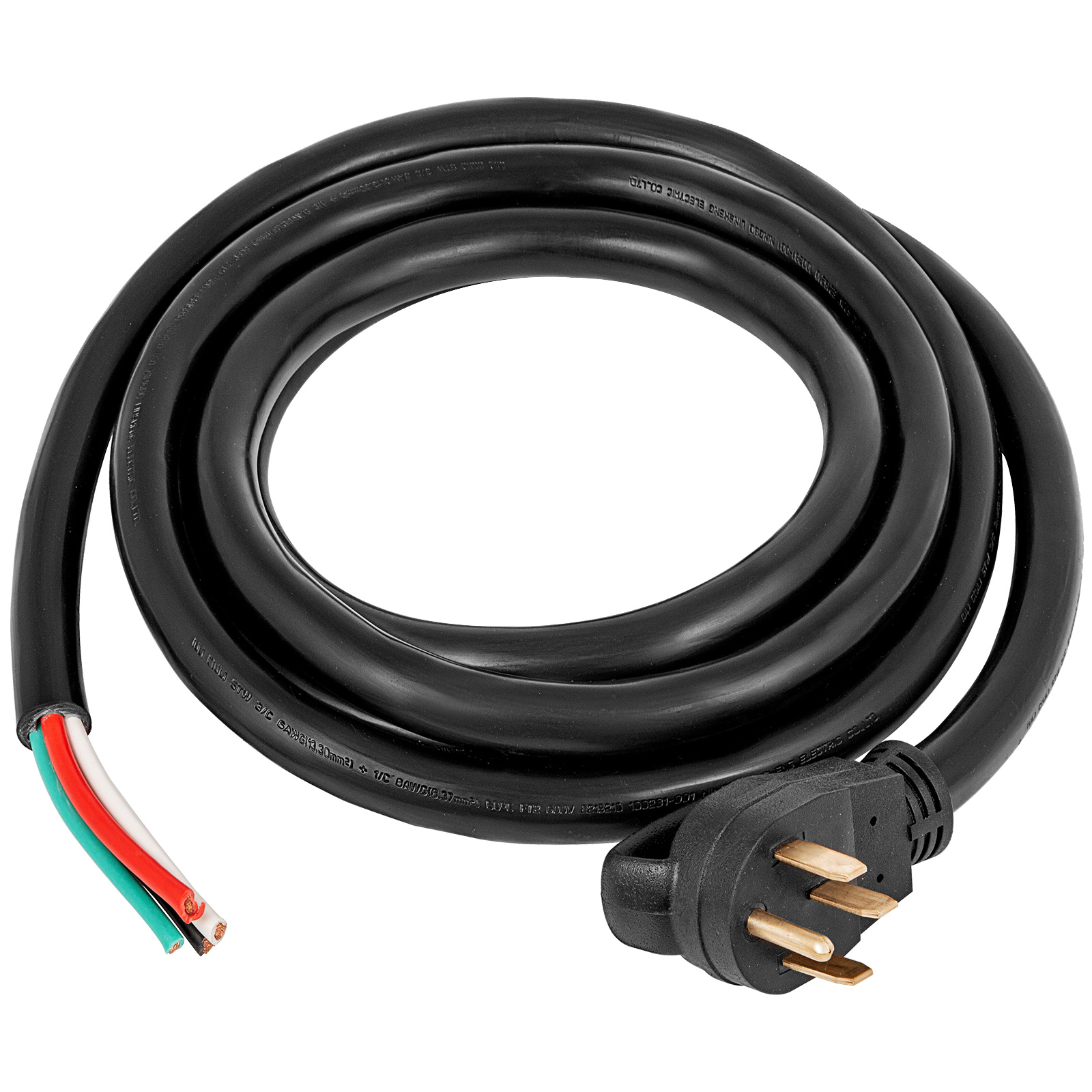
30 amp generator cord male to male generator#
Using NEMA-manufactured wire devices, outlets, and plugs to connect your portable generator to your electrical appliances is a huge undertaking.

You'll need the proper plug for your portable generator in order to use its power. Many 120V outlets, as well as high current receptacles, are found on generator control panels. To use a 30 amp outlet, you'll need thinner 30 amp power lines. You'll need 50 amp power cords for a 50 amp outlet. Because of this, if your generator's outlet has a greater amp rating, you will need a thicker power cable. The lower the resistance, the more amps can be sent via thicker power cables. If you choose the correct power cord for your appliances, you can rest assured that they will receive the electricity they require with minimal resistance. A thicker power cord or a shorter one might lessen the amount of resistance. The resistance decreases linearly with the shortening length of the power cord. It's also worth noting that a longer power cord will cause more resistance. Less resistance is provided by thicker power cords. Power cords are often more resistant to electric current flow the thinner they are. The length and size of your generator's power cord must be taken into consideration because of this. It is well known that the electricity flowing through a power cord tends to be resisted. This will assist you in determining the correct plug shape. It is possible to use a 3 prong or a 4 prong plug with 30 amps of power, but make sure you know the volts required by your electrical appliances. Unlike 3-prong, 4-prong can transport 120V/240V. There are two types of 30 amp plugs: three-prong and four-prong.

To avoid generator overload, different-shaped plugs are used. The design of the plug is something else to keep an eye out for when shopping for an extension cord. Similarly, a 30-amp generator outlet requires a 30-amp power wire. A 50 amps power cord is absolutely necessary for a generator outlet with a 50 amps output. When purchasing a wire or power cord, you should keep an eye out for the number of amps. A high-amperage power cord is needed for generators that output high watts of electricity. Wattage increases necessitates an increase in amps. So, how do you know which generator power cord is best for your needs? Because of this, homeowners need to carefully select the wire for their generators and the appliances they wish to power.Ī generator power cord does not have to be difficult to select. With the wrong power cord, you risk damaging your generator and electrical appliances, or even your entire home, if you don't take basic precautions. It's a good idea to figure out your generator's wattage before you buy a power cord. In the event that you have a generator that generates more electricity, you will need a higher-amp power cord. The more amps a device has, the more current it can carry. Amps are the unit of measurement for conducting wires and power cords. Your generator's output will be handled by the appropriate power cord. UL Listed, meets OSHA specifications.The ultimate buyers guide for generator cords Twist-to-Lock male and female plugs for 30 amp portable generators and power transfer switches. Yellow Jacket compound is more flexible and three times more abrasion resistant at any temperature than standard vinyl compounds or blue cold weather cords.

Twist-to-Lock male and female plugs for 30 A portable generators and power transfer switches.

Yellow Jacket compound is more flexible and 3X more abrasion-resistant at any temperature than standard vinyl compounds or blue cold weather cords. 25 feet Yellow Jacket compound is more flexible and three times more abrasion resistant at any temperature than standard vinyl compounds or blue cold weather cords. Generator cords outdoor - twist-to-lock"yellow jacket" 10/4 stw - 30 amp - 250 volt lgth.


 0 kommentar(er)
0 kommentar(er)
